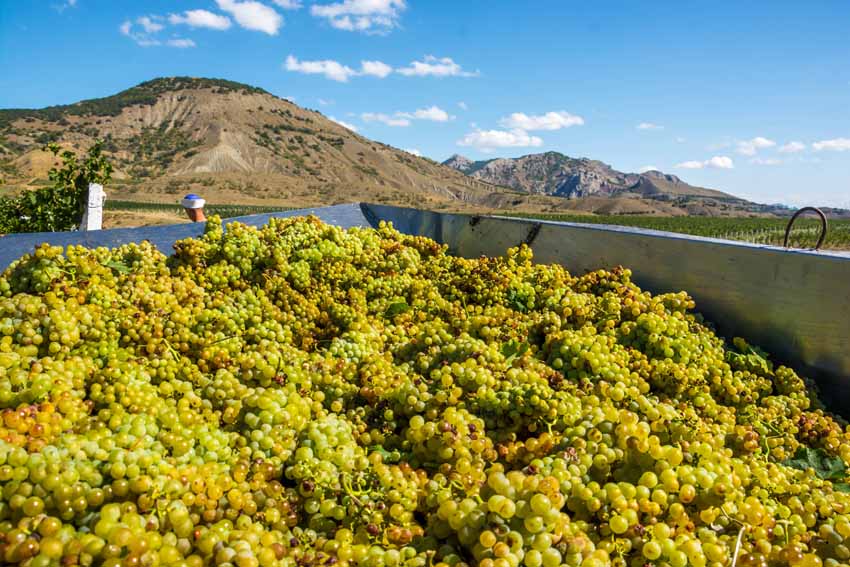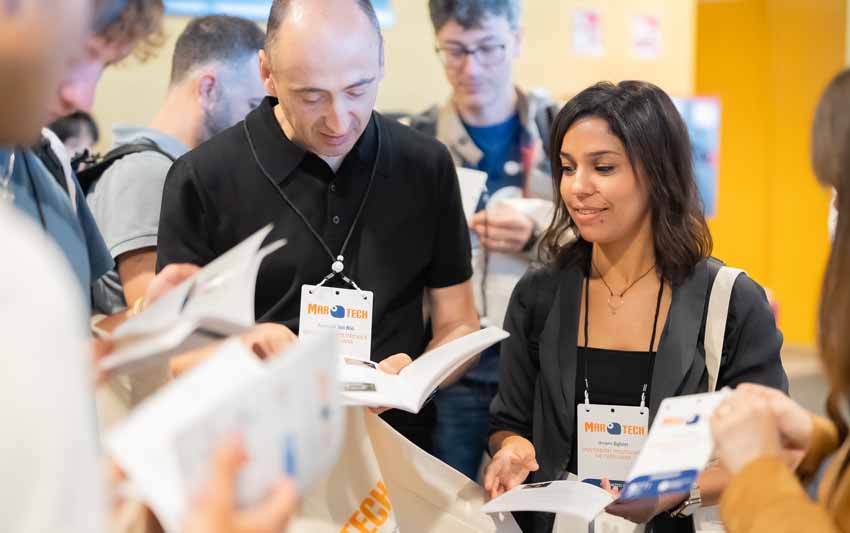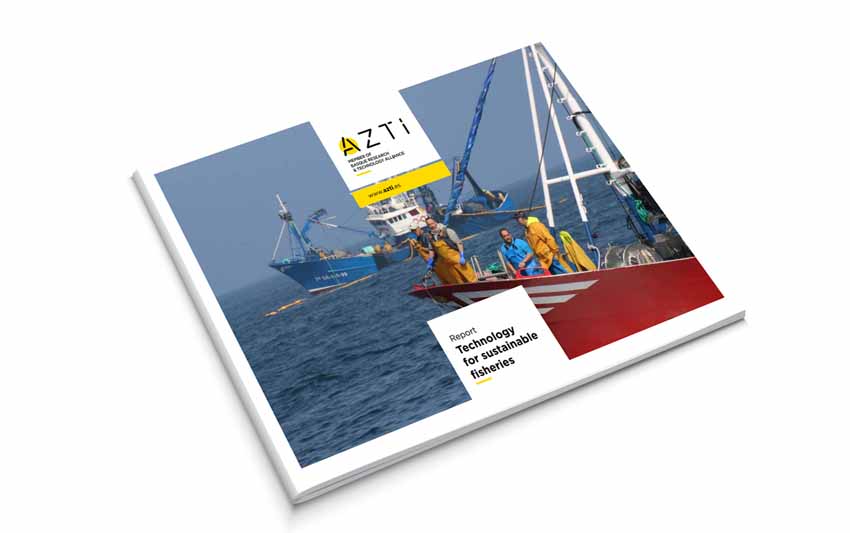Research conducted by AZTI highlights the cultural and ecological benefits of species such as salmon, eels and sea bream
Últimas noticias
Una mirada LGTBIQ+ al reino animal
Circular Economy in Action: Valorisation of By-products through Projects like PRIMA NEWFEED
Strategic Perspectives: Highlights from the Food4Future World Summit for Business Leaders
- The results of the European DiadES project highlight the ecological and cultural benefits of diadromous fishes such as salmon, eel and eel
- This is the first analysis carried out on the continent of the ecosystem services of these migratory species endangered by climate change and human activity
- According to the AZTI study, just with some of the ecosystem services identified, their value would amount, in Gipuzkoa for example, to a minimum of 25 million euros
- The initiative has received nearly 3 million euros in funding from the European Union through the Interreg Atlantic Area program
Pasaia, May 30th, 2023– Diadromous fishes, which include for example salmon, eels, or sea breams, are declining throughout their Atlantic distribution and the situation of their future is of great concern due to human activity and the additional threat posed by climate change.
Stakeholders and european policy makers are well aware of the cultural or ecological benefits provided by these migratory species between fresh and salt waters. However, the critical situation of these populations on the European Atlantic slope calls for joint and immediate action to optimize the management of these natural resources.
In this context, the European project DiadES, financed by the European Union, was the first on the continent to analyze and value in monetary terms the services, known as ecosystem services, provided by these declining fish.
The project has covered the entire European Atlantic area: the Ulla river in Spain, the Minho/Miño river on the Spanish-Portuguese border, the Mondego river in Portugal, the Loire river and the Gironde-Dordogne-Garonne river basin in France, the Tamar, Frome and Taff rivers in the United Kingdom and the Waterford harbor-Three sisters system in Ireland and the rivers of Guipuzcoa. This last case study has been led by AZTI with the support of the Provincial Council of Gipuzkoa, an associate partner of the project.
“Classically, ecosystem services have been identified as provisioning, such as food supply; regulating, such as nutrient exchange between coastal and inland habitats; and cultural, such as recreational fishing. However, there are few monetary estimates of the importance of these services to convince decision-makers to implement even more ambitious management. According to our study, only with some of the ecosystem services that we have identified, their value would amount, in Gipuzkoa for example, to a minimum of 25 million euros,” said AZTI researcher Arantza Murillas.
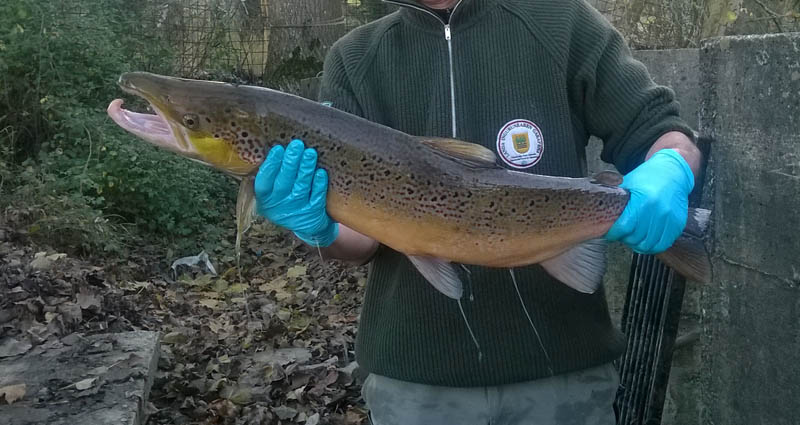
The first results of the project suggest that cultural services are becoming increasingly important, as these species generate important intangible benefits linked to gastronomic festivals, associations of people around these resources, environmental education and research, knowledge and use of traditional fishing techniques or even natural heritage. All this means that the so-called legacy value associated with these resources is of great relevance, even greater than the monetary values associated with other more traditional services (such as the provision of a resource, even if it does not have a commercial destination).
“Improving and incorporating into the management of these resources and their fisheries the assessment of ecosystem services related to diadromous fish, including the full diversity of ecosystem services to which the species contribute and the health of the habitats that support them, is an important need to move towards an ecosystem approach to their management,” adds Murillas.
Interactive atlas and role-playing game
The initiative, which has involved the participation of research personnel in ecological and environmental economics aspects, has developed two digital tools that facilitate long-term and large-scale management of diadromous species.
On the one hand, an interactive web atlas has been produced that makes the main results of the project available to all audiences: the current distribution of the study fish both in the sea and in the rivers of the European Atlantic coast; the identification and a first semi-quantitative estimate of the ecosystem services associated with the diadromous species in the nine case studies; and the distribution up to 2,100 on the Atlantic coast for two climate scenarios.
“It is an easy-to-use tool that aims to raise awareness among users of the risks of loss of resources and ecosystem services due to climate change,” the AZTI researcher emphasized.
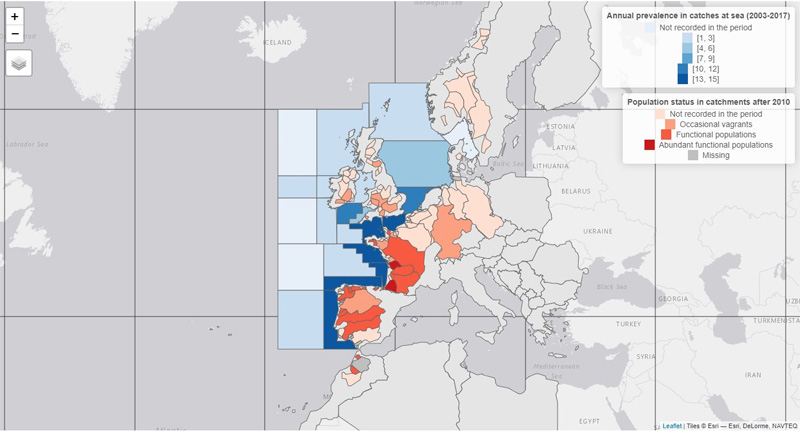
On the other hand, the serious game DiadESland has been created, an educational role-playing game in which players assume the role of watershed managers and are responsible for implementing a management strategy over 60 years, taking into account biodiversity objectives and the levels of ecosystem services to be achieved.
The aim of the game, which has been tested in about twenty sessions in the five project countries with different profiles (research, management, elected officials, fisheries, teachers, students and associations), is to lead stakeholders and managers to consider alternative management scenarios in an environment subject to global changes, over time and on a large scale.
Funded by the European Interreg Atlantic Area program, DiadES has a budget of nearly 3 million euros and a consortium led by INRAE and made up of 10 partners from the five European countries of the Atlantic coast: Portugal, Spain, France, Ireland and the United Kingdom.
